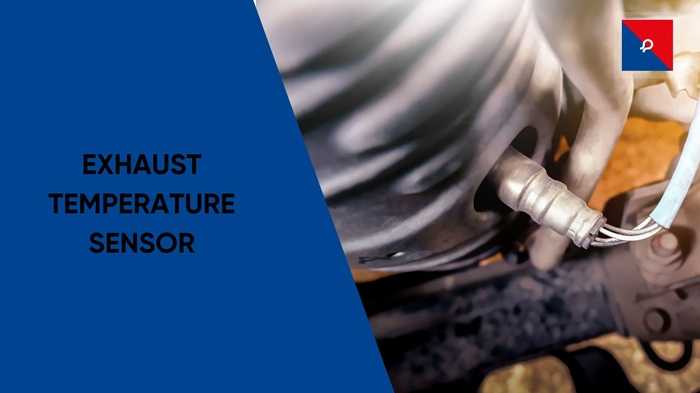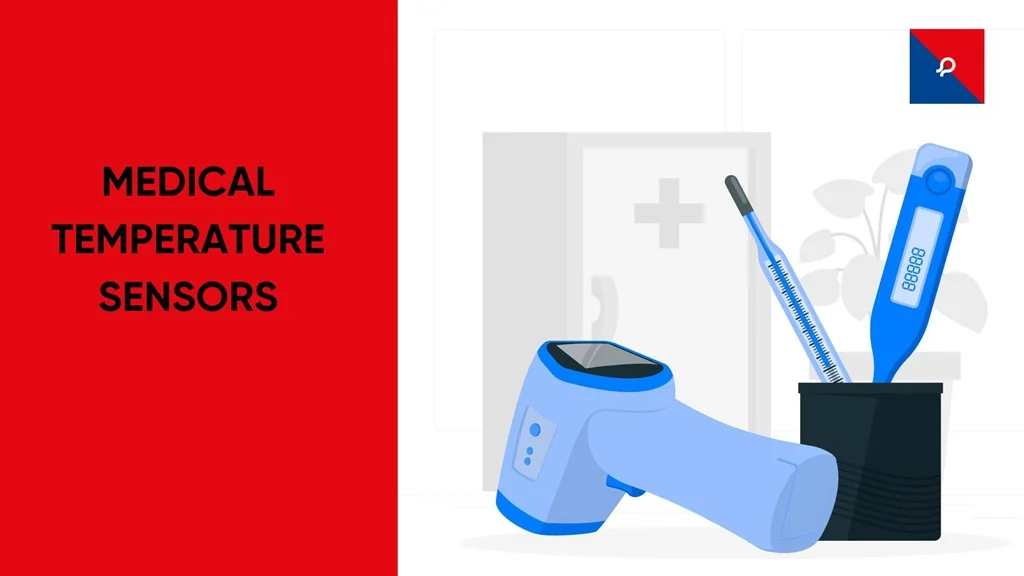
Hot Stuff: Why Your Engine Can’t Live Without an Exhaust Temperature Sensor
Hot Stuff: Why Your Engine Can’t Live Without an Exhaust Temperature Sensor

You know your car has a lot going on under the hood, belts, pistons, fuel injectors, sensors… wait, what sensors? Yep, your engine has a whole team of little brainy gadgets keeping it running smoothly, and one of the unsung heroes is the Exhaust Temperature Sensor.
Don’t worry if this is your first time hearing about it, we’re about to dive into the world of EGT sensors (Exhaust Gas Temperature sensors, for those who want to sound fancy). Grab a cup of coffee or coolant and let’s roll.
What Is an Exhaust Temperature Sensor?
The exhaust temperature sensor (EGT sensor) is like your engine’s personal weather forecaster. Its job? Measuring the temperature of the exhaust gases as they leave your engine. Why? Because when things get too hot, damage happens, think melted turbochargers, burned-out catalytic converters, and your wallet crying in the corner.
The EGT sensor sends temperature data to your engine control unit (ECU), which then uses it to:
- Adjust the air/fuel mixture
- Regulate turbo boost levels.
- Trigger the cooling system.
- Prevent damage from overheating.
- Meet emission standards (so your car doesn’t become a mobile smog machine)
Why It’s So Important (Besides Keeping Your Car from Throwing a Fit)
If you have a diesel truck, good for you! You most likely have one, or perhaps two or even three, EGT sensors. One ahead and one behind the diesel particulate filter (DPF). That configuration aids in tracking how effectively your DPF is cleaning exhaust gases. In case temperatures aren't sufficiently high for "regeneration" (a more eloquent way of saying burn off the soot), your sensor informs the ECU to rectify that. Otherwise, your DPF clogs quicker than your arteries on a fried food diet.
For gas engines, particularly turbocharged engines, the EGT sensor is the key to keeping things cool and clean. Too hot and boom, it's goodbye to your turbo.
Therefore, briefly: tiny sensor, BIG responsibility.
How Does It Work?
The EGT sensor is usually a thermocouple or thermistor. These sensors produce a voltage from heat. The higher the exhaust temperature, the greater the voltage that is fed to the ECU.
When exhaust temperatures reach extreme levels, let's say 900°C (that's roughly 1,650°F), this sensor behaves like your engine's guardian angel, alerting it to throttle back on power, add more fuel, or initiate cooling systems.
It's like your car telling you, "Whoa there, cowboy. Let's slow down before we burn something.
Symptoms of a Failing Exhaust Temperature Sensor
Just like humans, sensors age. And when they go bad, they don’t throw tantrums; they just make your car weird. Look out for these signs:
- Check engine light (because, of course)
- Poor fuel economy (your wallet notices)
- Turbo lag (slow acceleration)
- Higher emissions (fail that test, fail your day)
- DPF won’t regenerate properly (soot build-up begins)
If you spot any of these, it might be time to swap out that sensor.
Can You Replace It Yourself?
If you can swing a wrench around and don't object to dirtying your hands a bit, replacing an EGT sensor isn't rocket science. Most of them are the screw-in varieties in the exhaust manifold or near the DPF.
Pro tip: Allow the vehicle to cool down beforehand unless you're trying out for a part in Hot Ones: Mechanic Edition.
The Funniest Thing About EGT Sensors…
They're forgotten. Yeah, among all the engine components we're crazy about, spark plugs, fuel injectors, and oil viscosities, this little fella gets hardly a mention. Until that is, it breaks down. Then suddenly it's like that one friend who never complains but now just ceases to text, and now your life (or, you know, your vehicle) begins to unravel.
Different EGT Sensor Locations
Depending on the vehicle, you’ll find these sensors in a few different places:
- Pre-Turbo: Monitors temps going into the turbo. Crucial for protecting it from excess heat.
- Post-Turbo: Keeps tabs on how much heat the turbo is generating.
- Pre-DPF: Ensures exhaust gases are hot enough for soot burning.
- Post-DPF: Verifies that the filter is doing its job effectively.
All these sensors work in harmony, like a boy band for your exhaust system, to keep things in sync and running cool.
EGT Sensors and Emissions: The Green Side of Things
Here’s where it gets serious (but not too serious, we promised humour). Emissions regulations are getting tighter worldwide, and EGT sensors are part of the A-team keeping your car eco-friendly.
By ensuring ideal exhaust temperatures, they minimize NOx emissions and your catalytic converter and DPF stay working as they should. Which equals cleaner air and less in fines. Since nobody wants to be "that guy" fouling up the block.".
Let’s Not Forget Tuning and Performance Fans
If you're a tuning or racing enthusiast, EGT sensors become your best friends. You'll need live data for exhaust temps to avoid burning up a piston while pursuing horsepower illusions.
Tuned engines tend to run hotter, so EGT monitoring is crucial for longevity. It's like putting an additional smoke alarm in a house full of fire-breathers.
JR Sensors in Automotive Technology
JR Sensors is a trusted name in the automotive sensor industry, known for delivering precision-engineered temperature sensors that ensure safety, efficiency, and performance. Their products, including coolant, exhaust, and oil temperature sensors, are designed to withstand extreme conditions while maintaining accurate readings. With a strong commitment to innovation and quality, JR Sensors caters to diverse automotive needs, fueling everything from economy cars to commercial fleets. If you’re looking for reliable sensor solutions backed by expertise, JR Sensors is the brand to watch.
Wrapping It Up
An exhaust temperature sensor may be small, but it’s mighty. Whether you’re driving a diesel truck, a turbocharged sedan, or just trying to pass an emissions test, this tiny device helps keep your engine healthy, your emissions low, and your ride smooth.
So next time you're asked about sensors on your vehicle, innocently mention "EGT sensor" while chatting. You'll be like a car expert, and now, thanks to this tutorial, you're kinda one.
And now go out and drive smart (and cool).
Frequently Asked Questions
1. What causes an EGT sensor to fail?
2. Can I drive with a bad EGT sensor?
3. Is an EGT sensor the same as an O2 sensor?
4. How often should I replace my exhaust temperature sensor?

Burnt Biscuits? Blame the Sensor – The Hot Truth About Your Oven’s Temperature Troubles
If your oven’s cooking like it’s got a mind of its own, your temperature sensor might be the silent saboteur. From half-baked casseroles to scorched cookies, we break down how this little sensor works, why it matters, and how to fix it—without losing your cool (or your dinner). A fun, practical guide that’s just as useful as it is digestible.

Hot Stuff: Why Your Engine Can’t Live Without an Exhaust Temperature Sensor
Think exhaust sensors are just another car part? Think again. These tiny guardians track fiery exhaust temps, protect turbos, keep emissions in check—and even help you pass that dreaded test. Dive into the witty, down-to-earth guide on how EGT sensors silently save your engine (and your wallet) every day. Bonus: You’ll sound like a car guru by the end.

Tiny Tech, Big Impact: Inside the World of Medical Temperature Sensors
Discover how medical temperature sensors work, why they're crucial in healthcare, and how health sensors are transforming modern medical diagnostics. From wearable tech to high-precision devices, learn about the different types of temperature sensor medical devices used today.